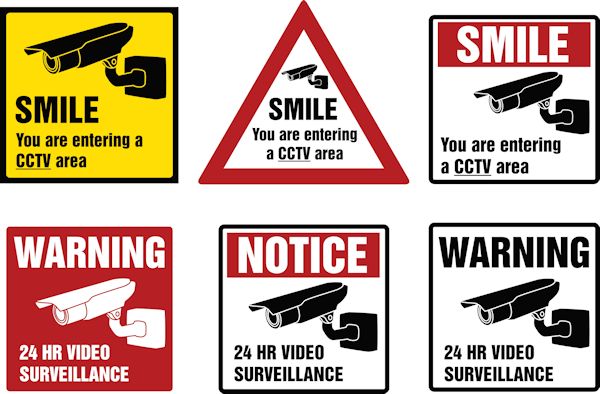Measures to Manage Violence
Emergency departments should have a plan for managing potentially violent situations. This plan should include who responds, a team leader, each person's responsibility (including the team leader), and the steps that should be taken to respond.
In addition, each hospital and emergency department must base its responses to violence on physical location, types of patient populations and histories of prior violent incidents.
Some measures that can be taken are:
- Train personnel: Increase training of doctors, nurses and security personnel about de-escalation techniques (and "take down" techniques), how to recognize potentially violent patients early and getting help before incidents occur.
- Provide secure environments:
- Use 24-hour presence of trained security officers and closed circuit television cameras with 24-hour trained observers (especially useful in low-traffic areas).
- Place "panic buttons" unobtrusively in several locations of an emergency department.
- Use direct phone lines to security in the hospital or local police departments.
- Control access and egress between the emergency department and other areas of the hospital.
- Use coded badges for patients and visitors.
- Install metal detectors (Henry Ford Hospital in Detroit used this with success without diminishing access or level of care. In the first 6 months of screening, 33 handguns, 1,324 knives, 97 mace sprays and many other hazardous items were confiscated).
- Install physical barriers or bullet proof glass at hospital emergency department entrances.
Knowledge Check Choose the best answer for the question.
2-8. When establishing a plan for managing potentially violent situations, what should a hospital and emergency department base the plan on?
You forgot to answer the question!

